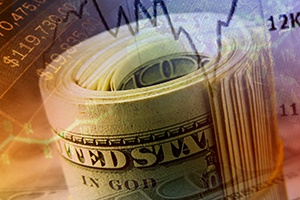There’s no getting around it: the jobs report, with only 20,000 jobs added last month across the entire U.S., stinks. This is a terrible report, and it should strike fear and loathing into the hearts of every economist and citizen in the country. This opinion is the bulk of what I suspect you will be hearing, and it is largely correct.













